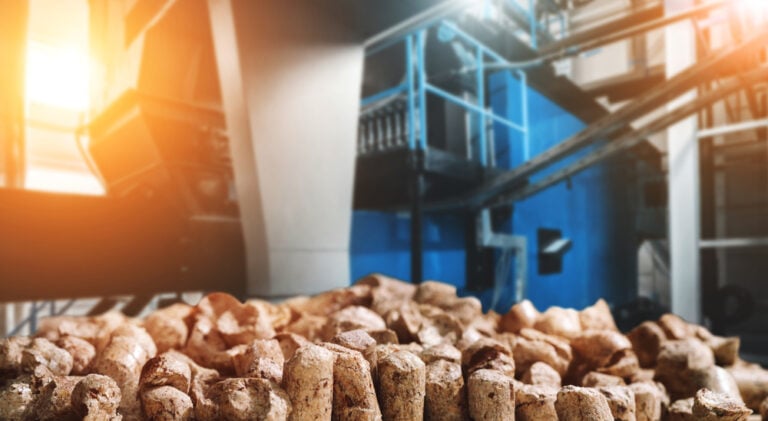
Decorating your fireplace safely
A festive reminder
The smell of pine boughs fills the air,
Pretty silver bells tinkle everywhere.
Sparkling snow covers the ground,
Christmas spirit is all around. – By Kelly Roper
It’s that time of the year when you will be getting ready to deck the halls with boughs of holly. There is every chance you will want to dress your fireplace with some seasonal flourishes, in the traditional way. Be warned, this could prove to be a fire risk!
This year make sure you aren’t creating your own fire hazard. Your stove or fireplace can generate a lot of heat that could lead to decorations catching alight. The instructions for your stove will have clear guidance on safe distances to combustible materials, make sure you stick to them.
Shropshire Fire and Rescue Service attended a fire this month involving a log burner where the living room of the property was heavily smoke-logged. This unfortunately won’t be the only incident and as we head into the peak season for chimney fires, it’s important to keep your appliance and chimney in good working condition.
Also keep in mind, when it comes time to take down the Christmas tree don’t be tempted to burn it in your fireplace or stove. You can find wood fuel suppliers on the Woodsure website and make sure you look for the Ready to Burn Certification Mark when buying fuels for immediate use.
In addition, be mindful when decorating not to obstruct, move or remove your Carbon Monoxide (CO) alarm. CO alarms must be in a permanent, fixed position and located in the same room as the appliance, as per Approved Document J of the Building Regulations. The handy video below identifies the best position for a carbon monoxide alarm.
Carbon Monoxide (CO) is an extremely poisonous gas that can be present in the fumes from the combustion of fuels which aren’t burnt under the correct conditions. Fuels such as gas, oil, solid mineral fuel and biomass all have the potential to emit CO. The gas cannot be seen, smelled or tasted making it difficult to detect.
Check out our Advice Hub for more tips and advice on making the most of your log burner.



